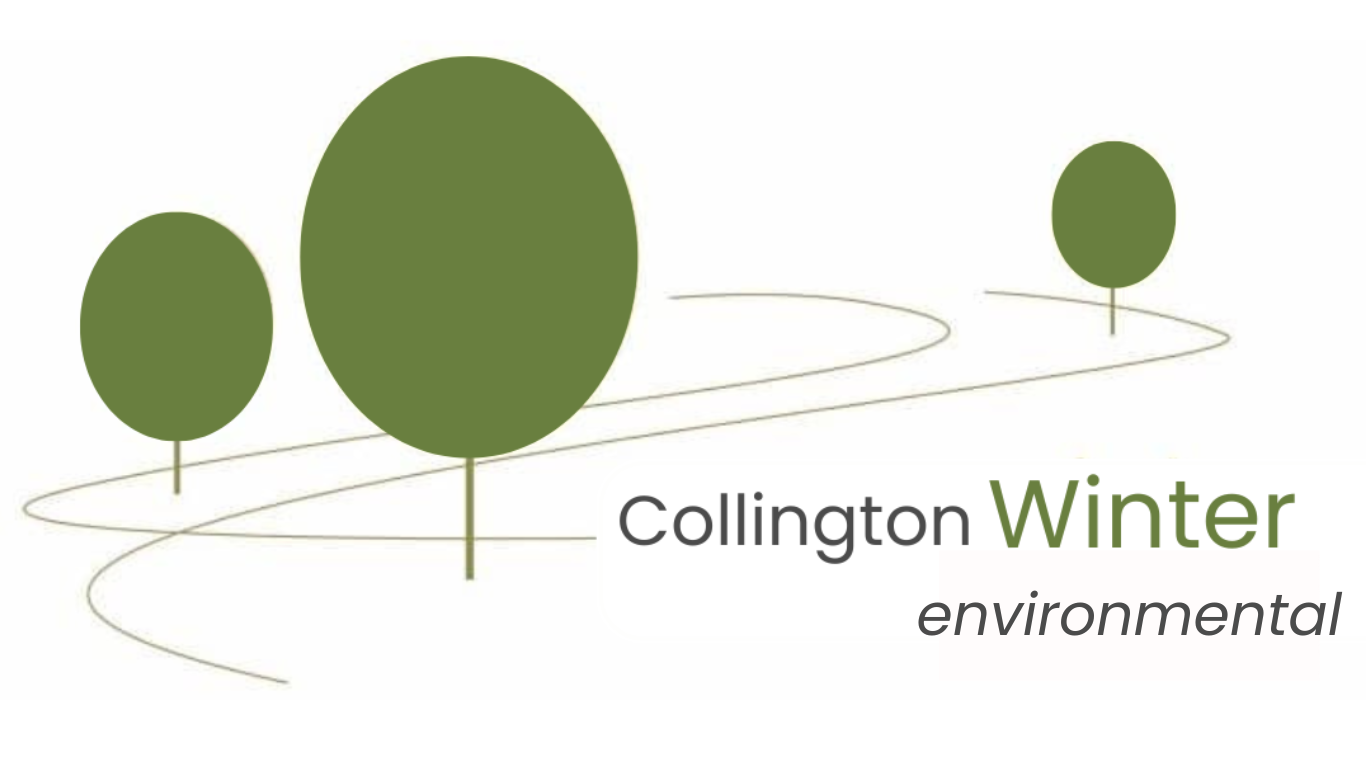Arboricultural Impact Assessment for Planning and Development
What is an Arboricultural Impact Assessment?
In the early stages of a development project, developers must consider the potential impact that their proposal may have on the surrounding environment. One of the most important factors that must be considered is the impact on trees that are in close proximity of the proposed development.
An Arboricultural Impact Assessment (AIA) is designed to identify and assess these risks before any problems occur further down the line. An AIA is also used to find mitigation methods that can be used to prevent any harm to trees in the area.
Arboricultural impact assessments are necessary as retained trees are protected under the Planning (Listed Buildings and Conservation Areas) Act 1990 and the Town and Country Planning Act 1990. This protection is typically in the form of conservation areas, Tree Preservation Orders (TPOs), and root protection areas.
Arboricultural Impact Assessments can be used in planning applications to obtain planning permission and will often be requested by a local planning authority. At Collington Winter, our tree consultants have carried out tree work and assessments for a variety of clients and can help you to meet planning requirements.
Arboricultural Impact Assessment process
The requirements of an AIA are set out in British Standard BS 5837. Firstly, an arboricultural survey is undertaken to record the quality, dimensions and species of the trees in your site. Following this, a Tree Constraints Plan will be produced. This plan is necessary to identify the tree retention category of the trees and identify their Tree Root Protection Area.
Once the plan has been created, the proposed development layout will be placed over the Tree Constraints Plan. This will help to show any potential areas of conflict between the rooting area of the retained trees and the construction that will take place.
An arboricultural consultant can use this information to identify which trees will be affected or removed during the development. Tree protection plans such as fencing barriers and ground protection measures can then be put in place as well as any mitigation for tree removal.
In addition to an AIA, a local authority may stipulate that an Arboricultural Method Statement is required to satisfy reserved matters or planning conditions. Other tree surveys, such as British Standard BS5837 tree surveys (trees in relation to design, demolition and construction) may be also be requested.
How can Collington Winter assist?
Collington Winter Environmental believe in a pragmatic approach to development. We meet the needs of developers whilst ensuring positive outcomes for wildlife. We work alongside clients when carrying out AIAs and tree surveys to find mitigation solutions. We believe that ecologists can earn a valuable seat at design team meetings to identify potential constraints and opportunities for clients.
We believe that early consultation, a pragmatic mindset and in-depth knowledge of ecological best practice and legislation is the best way to improve your chances of a successful project. With current offices located across the UK, the team are well served to work nationwide.
To find out how a tree consultant from our team could assist on your development project, contact us using the details below.
Contact Us
Registered Address
23 Bark Street East, 1st Floor, Bolton, BL1 2BQ
Telephone
Bolton Office: 01204 939 608
Dumfries Office: 01387 378208
